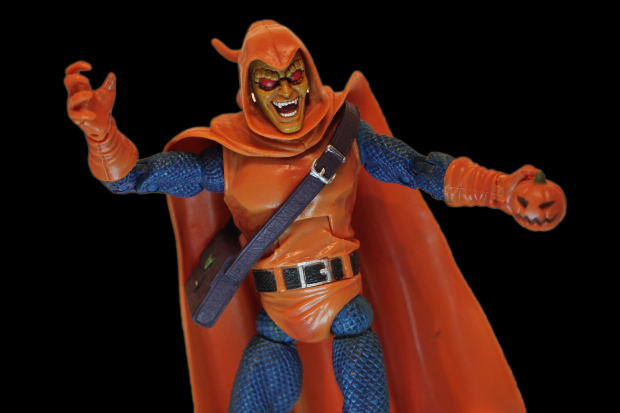 So we’ve been covering how to write successful characters, and we’ve talked about heroes and heroines. Those protagonists can be tricky, but I think we have a handle on it. Now we press forward to those pesky villains. Sure, everyone is picturing twirling mustaches and swirling capes, or creepy smiles and smeared make-ups, but it doesn’t have to be that sinister. Villains could be as innocuous as the bully who gave you swirlies and shoved you in a locker after gym class or the girl who spread rumors about you costing you your best friends and your homecoming date, causing you to lapse into depression, fail all your classes and drop out of school… Scratch that. She could be the girl who pulled your pigtails on the playground. Villains can be dark, but they don’t have to be. It depends on your genre. But they do have to have a few key points in common in order to be successfully written.
So we’ve been covering how to write successful characters, and we’ve talked about heroes and heroines. Those protagonists can be tricky, but I think we have a handle on it. Now we press forward to those pesky villains. Sure, everyone is picturing twirling mustaches and swirling capes, or creepy smiles and smeared make-ups, but it doesn’t have to be that sinister. Villains could be as innocuous as the bully who gave you swirlies and shoved you in a locker after gym class or the girl who spread rumors about you costing you your best friends and your homecoming date, causing you to lapse into depression, fail all your classes and drop out of school… Scratch that. She could be the girl who pulled your pigtails on the playground. Villains can be dark, but they don’t have to be. It depends on your genre. But they do have to have a few key points in common in order to be successfully written.
Here are five key strategies for writing successful villains.
- Villains have to believe they are right.
No one starts down a path to evil saying, “I’m going down the path to evil.” They believe that what they are doing, whether they are seeking to become the popular kid at school or seeking to become the ruler of the world, they are doing it for the right reasons. If people get hurt while they benefit in the process, well, eggshells and omelets. - Villains have a tortured past.
There is almost always one inciting incident that created the villain. There should be that moment, that one deciding moment, where he could have taken the high road or the low road and when that defining incident occurred he felt he had no choice but to take the low road. That incident framed his life and his actions from that moment on to the present day, where he is now the villain who is terrorizing the village, bent on world domination, cannibalizing co-eds, or whatever his personal brand of crazy happens to be. - Villains need a character arc.
Just as our protagonists have to grow and change as they progress through the story, so should the villain. Whether he finds redemption or he goes off the deep end doesn’t matter. What matters is that the villain grows throughout the story. Readers need to see that the villain is a person too, a well-rounded and well-developed person with thoughts and feelings who grows and changes. By the end of the story he should have the same path options as the protagonists do. - Villains need human traits.
Villains aren’t uber-evil. They have thoughts and feelings, hopes and dreams, fears and anxieties. They experience joy and have nervous ticks. They have family and friends (possibly, unless their inciting incident resulted in them being abandoned and alone), and they have jobs and homes. When the villain is on the scene, play with these traits so the villains seem more human. - Villains need to interact with the protagonists.
The more the protagonists and the villain interact, the more the readers can learn about the villain. In fact, it is better for the reader and often the plot if there are paths of intersection in their lives. A villain who just shows up is fine, but a villain who has crossed paths with the protagonist time and again is so much better. It helps draw parallels between their lives, letting the reader see how things could have been different for the villain had the inciting incident gone another way.
These points will help craft a strong and compelling villain, but remember, most times writers don’t write from the villain’s point of view. That means that all these tips need to be implemented without insight directly into the antagonist’s thoughts. Don’t despair—it can be done, and done effectively. It just takes some clever writing to convey the message. And no one wants to admit they’re naturally good at it—people might wonder why it comes so easily to them.

